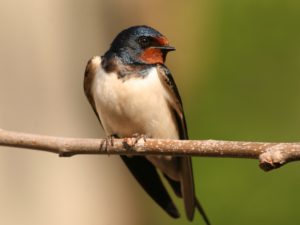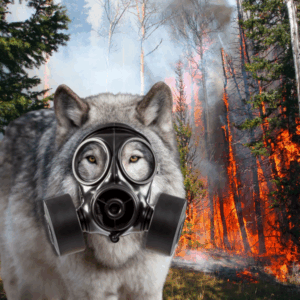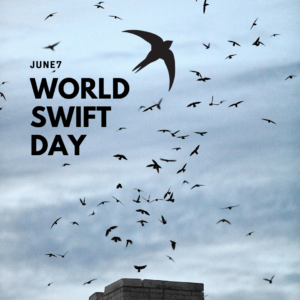Birds of a Feather Disappear Together
You remember the path in front of you being sunny, with no shade to hide the golden beams of light bathing the grass of the prairie. The birdsong in the brush around you beckoned you forward, begging you to explore every inch of the sprawling grasslands. Sounds of life could be heard for miles in every direction. Now however, it seems different, something feels off. As you stand here on the packed earth, all that you hear is the sound of wind through crop leaves. You wonder how a place that once felt so full of life could feel so empty.
The birds, you realize, are gone.
They are not coming back.
Canadians are heading toward this reality at an alarming rate, but we can stop it from happening if we work together. The North American Bird Conservation Initiative (NABCI) in Canada, of which Nature Canada is a part of, recently released the second State of Canada’s Birds report. In this report, we demonstrated how the populations of Canadian bird groups have changed since 1970, and, while some species are recovering, for many classes of birds it is not looking good.

A Barn Swallow perching; this species of swallow is threatened.
The State of Canada’s Birds is a timely and useful report that serves as a call to action to address the extinction crisis that our bird populations are confirming. Grassland birds, aerial insectivores and shorebirds continue to decline fastest. Fortunately, the report also contains many steps we can take to improve the chances for these bird populations. Nature Canada’s work focuses on doubling protected areas, supporting Indigenous-led conservation of shorebirds and working with farmers to save declining swallows to help the species most in need.
Not all of the news is bleak however: over the same period (since 1970), other species have benefited from investments in conservation. Geese have increased by 360 percent, ducks by 150 percent and birds of prey by 110 percent thanks to the ban on DDT in the 1970s.
This is proof that, when we take action together, conservation works.
Much of this report may sound similar to the seminal State of Canada’s Birds report from 2012 in its overall message, but this report is different in many ways. While it does not include a region by region analysis of population trends and indicators as the 2012 report did, it does include an overall (pan-Canadian) analysis of seven major groups of birds that, for the most part, represent our major biomes.
There is also more detail in the trend analysis, including a Twitter graphic which shows the number of individual species within each major group of birds that are increasing, stable, declining or lacking adequate information. For example, while the 137 forest bird species analyzed increased by 6 percent since 1970 overall, 43 of the species in the group suffered population declines. This includes all of the species that are forest crop specialists like the Evening Grosbeak, with a 39 percent decline. The populations of forest species that winter in South America also dropped by a significant 31 percent.
This information was not a part of the 2012 report, which would have left us with the impression that all forest birds are doing well. Therefore, this 2019 Report provides an important level of detail that will help focus conservation efforts where they are most needed.
How You Can Help:
Sign the Petition: Nature Canada is working to create more protected areas in Canada to save our birds, aquatic animals and other endangered wildlife. Sign our petition to create real change and have your voice heard by our government when it matters most.
Do Not Disturb: Shorebirds are losing their valuable stopover sites (resting points) due to modern developments. If you see them resting on the beach, keep your pets and children from chasing them away-they have a lot of flying ahead of them.
Keep Cats Safe and Save Bird Lives: Along with our partners, Nature Canada has made significant progress on this issue through our campaign and coalition to keep cats safe and save bird lives. Explore safe outdoor options for your cat at catsandbirds.ca
Vote with Your Fork: Buy your food from local, sustainably-run farms, and choose products like bird-friendly (shade grown) coffee, range-fed beef and sustainably-sourced seafood.
Reduce Waste: Bring glass jars and buy food in bulk, use reusable cups for your morning (bird-friendly) coffee and avoid single-use plastics wherever possible
Make Your Windows Visible: Millions of birds die every year due to window collisions. Often, only one or two windows are responsible for the majority of collisions, therefore you can focus on the problem windows rather than all of them. Learn how to do this here.
Reduce Your Carbon Footprint: Choose to bike, walk or jog as much as you can. If you have to go somewhere farther, take public transportation or carpool to reduce fuel consumption.
View the NABCI in Canada Report Here: www.stateofcanadasbirds.org
Le Rapport est Disponible en Français Ici: www.etatdesoiseauxcanada.org
Read More in Recent Articles:
Report finds many birds in decline but co-operation works to rebuild populations



